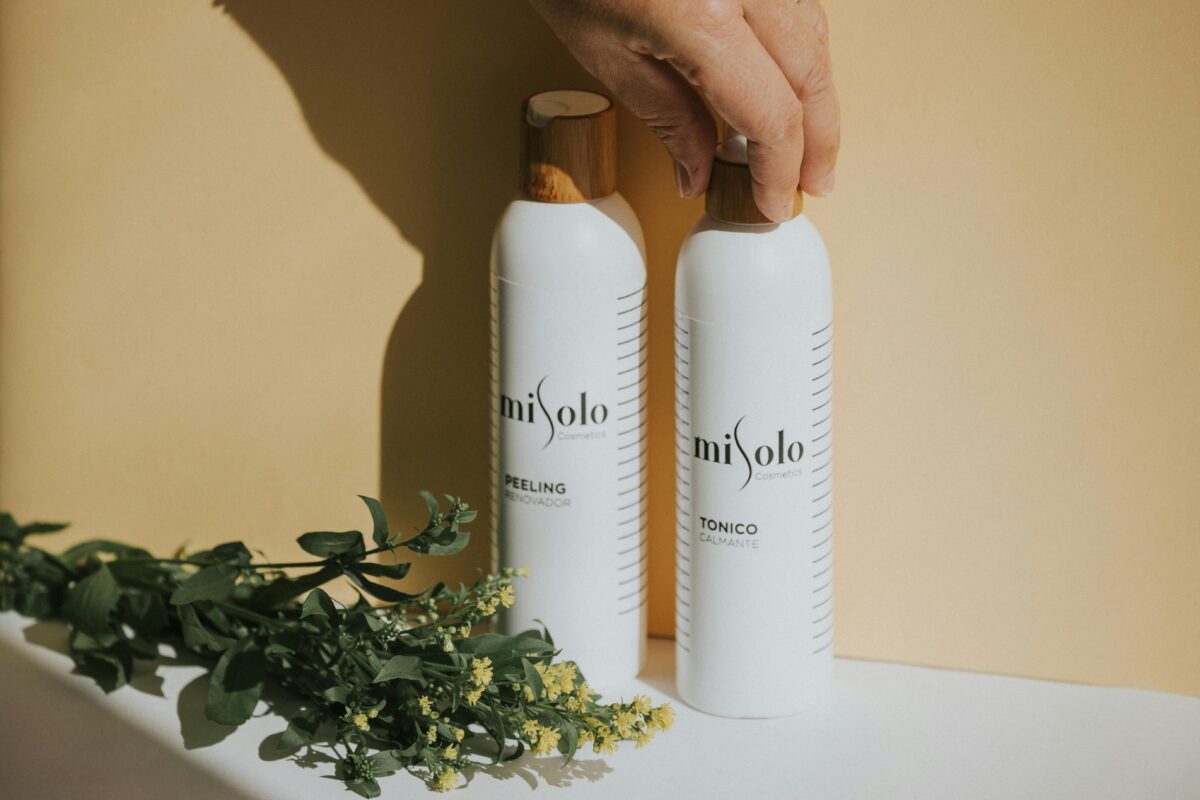Trademark Registration — Identity & Asset for Your Business (2025)
Protect your brand name, logo, tagline or product identity — step-by-step trademark filing, objections handling, international protection and enforcement by RegistrationMART.
1. What is a Trademark?
A trademark is any distinctive sign — a word, logo, slogan, sound, color combination, shape or packaging — that identifies and distinguishes the goods or services of one business from another. It becomes an asset and provides enforceable rights once registered.
2. Legal Basis — The Trade Marks Act, 1999
Trademark law in India is governed by the Trade Marks Act, 1999, administered by the Controller General of Patents, Designs & Trademarks. The Act covers registration, protection, infringement remedies and penalties.
3. What Can Be Trademarked?
- Brand / company names (word marks)
- Logos & device marks
- Slogans / taglines
- Sound marks / jingles
- Color combinations & packaging (trade dress)
- Distinctive shapes or product design
- Domain names (in some contexts)
4. What Cannot Be Trademarked?
Marks that are generic, merely descriptive, identical or deceptively similar to existing marks, offensive, or restricted under the Emblems & Names Act are not registrable. Geographical names and common surnames are usually refused unless they acquire distinctiveness.
5. Benefits of Trademark Registration
| Benefit | Why it matters |
|---|---|
| Exclusive Rights | Prevent others from using identical or confusingly similar marks. |
| Brand Value | Trademark becomes an IP asset for licensing or sale. |
| Credibility | Builds trust with customers, marketplaces & investors. |
| Legal Remedies | Quick cease & desist, injunctions, damages & criminal remedies for counterfeits. |
6. Trademark vs Company Name vs Domain Name
Trademark grants exclusive brand rights; company name is a corporate identity (MCA) and does not prevent others from using similar brands; domain names are registered through registrars and offer web presence but limited legal brand protection. Ideally secure all three.
7. Trademark Classes (Nice Classification)
There are 45 classes — 1–34 for goods and 35–45 for services. Popular examples:
- Class 9 — Electronics & Software
- Class 35 — Business, Advertising & Marketing
- Class 41 — Education & Training
- Class 42 — IT & Technology Services
- Class 25 — Clothing & Apparel
You can file for multiple classes to protect different business lines.
8. Trademark Search — First Step
Always run a comprehensive search at ipindia.gov.in. RegistrationMART includes an expert search & legal opinion to avoid conflicts and reduce rejection risk.
9. Types of Trademark Applications
- Individual / Sole Proprietorship
- Partnership / Firm
- Company (Pvt Ltd / LLP)
- NGO / Trust
- Foreign Applicants (via local agent)
- MSME / Startup (50% fee concession)
10. Documents Required
- Applicant identity — PAN / Aadhaar or Company PAN & COI
- Representation of the mark (PNG / JPEG / SVG)
- Power of Attorney (TM-48) if using an agent
- Proof of business (GST / bank statement)
- MSME / Startup certificate (if claiming concession)
11. Step-by-Step Registration Process
- Trademark Search — Check availability & conflicts.
- File TM-A — Online or offline filing with fees.
- Application Number — Unique TM application no. issued.
- Examination — Registrar reviews (Sections 9 & 11).
- Reply to Objections — File written arguments / evidence.
- Hearing — If required, attend and present case.
- Publication — Accepted marks published in Trademark Journal (4 months opposition window).
- Registration — If unopposed or resolved, registration certificate issued.
12. Common Objections & How to Handle Them
| Objection | Solution |
|---|---|
| Similarity to existing mark | Submit arguments of distinction, evidence of different trade channels or coexistence proposals. |
| Lack of distinctiveness | Show acquired distinctiveness via use, advertising and sales data. |
| Descriptive / generic | Amend representation or combine with a stylized logo. |
RegistrationMART drafts robust replies, prepares evidence and represents clients at hearings.
13. Hearing & Appeal
If the written reply doesn’t convince the Registrar, a hearing is scheduled. In case of refusal after hearings, appeals can be filed to higher authorities (IPAB procedures now routed through High Courts / Tribunal processes as applicable).
14. Publication & Opposition
Accepted trademarks are published in the Trademark Journal. Any third party may file an opposition within 4 months. Oppositions are litigated and may lead to partial or full refusal unless settled.
15. Registration Certificate
Once registered you receive a certificate with trademark number, owner details, class(es) and date. The ® symbol may be used from this point onward.
16. Validity & Renewal
Registration is valid for 10 years from the date of application and is renewable every 10 years indefinitely. Late renewal possible within grace period with fees.
17. International Trademark Protection (Madrid Protocol)
India is a member of the Madrid System. Use your Indian base application/registration to file a single international application covering multiple countries — cost-effective and centrally managed. RegistrationMART assists with Madrid filings and national phase entries.
18. Infringement & Remedies
- Cease & Desist Notices
- Civil suits for injunction and damages
- Criminal action for counterfeiting
- Platform takedown (marketplaces & social media)
We handle enforcement — notices, litigation, interim relief and online takedowns.
19. Why Choose RegistrationMART?
- 10+ years IP & legal experience
- 3,000+ IP applications handled
- End-to-end: Search, Filing, Objections, Hearings, Renewal
- Cross-border expertise — Madrid Protocol filings
- Transparent pricing & post-registration support
20. Conclusion — Trademarks Are the Currency of Brand Trust
In an online-first economy, trademarks protect reputation and unlock commercial opportunities. Register early, cover the right classes, and enforce consistently. RegistrationMART partners with startups, enterprises and creators to make IP protection simple, strategic and affordable.

